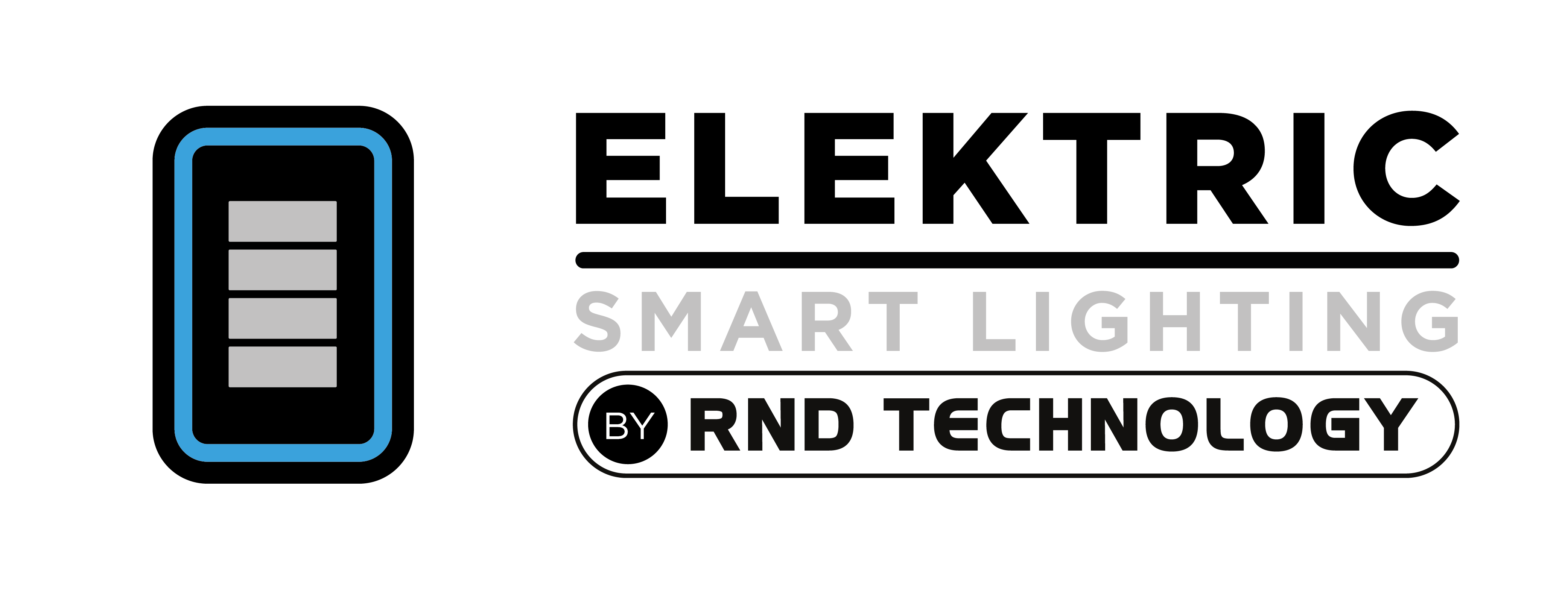In a world increasingly driven by technology, understanding the intricacies of electrical systems is crucial. One key term often encountered but only sometimes fully understood is low voltage systems. Often referring to carrying a smaller amount of electrical power than high-voltage power used in industrial or utility applications. This blog will explain what low voltage entails, its applications, and why it’s becoming increasingly significant in modern technology, particularly in residential and commercial settings.
What is Low Voltage?
Low voltage typically refers to electrical power that carries a voltage lower than the standard mains electricity (120-240 volts in most homes). Generally, any voltage under 50 volts is considered low voltage. This type of electricity is deemed safer for use in certain applications due to its lower risk of shock and electrical fires. Low voltage systems are commonly found in applications where direct interaction with electrical components is frequent, or the power demand is minimal.
Common Applications of Low Voltage Systems
1. Lighting Solutions
Low voltage lighting, especially LED technology, is revolutionizing both residential and commercial spaces. These systems not only offer superior energy efficiency but also provide unparalleled flexibility in design and installation. From under-cabinet lighting in kitchens to intricate landscape lighting designs, low-voltage solutions enable homeowners and designers to create ambiance and functionality without the constraints of traditional high-voltage systems. Additionally, the low heat emission of such lighting makes them ideal for sensitive areas like art galleries, where preservation is critical.
2. Telecommunication and Data Transfer:
In the digital age, reliable data transfer and telecommunications are foundational. Low voltage cabling, including Ethernet and fiber optics, forms the backbone of our internet and communication infrastructure. These systems facilitate high-speed data transfer with minimal interference, which is crucial for everything from residential broadband connections to enterprise data centers. The lower voltage reduces the risk of damaging sensitive electronic devices, ensuring data integrity and system longevity. As we demand more from our digital communications, the role of low voltage in supporting these networks becomes increasingly vital.
3. Integrated Security Systems:
Security systems, including CCTV, access control, and intruder alarms, increasingly rely on low voltage for power and communication. This reliance ensures safer installations and allows for more extensive, flexible security networks that can span large residential complexes or commercial properties. The ease of integrating various security components into a cohesive system is largely attributable to low voltage technologies, which can be easily adapted or expanded as security needs evolve. Furthermore, low voltage enables these systems to run continuously, ensuring round-the-clock security without excessive energy consumption.
Benefits of Low Voltage Systems
1. Enhanced Safety:
One of the paramount benefits of low voltage systems is their enhanced safety. The reduced risk of electrical shock and fire hazards makes low voltage ideal for use in environments frequented by the general public, including schools, homes, and retail spaces. This safety aspect is particularly crucial in outdoor or wet locations, such as bathrooms or gardens, where the risk of electrical hazards is heightened. By mitigating these risks, low voltage systems contribute significantly to the overall safety of electrical installations in diverse settings.
2. Energy Efficiency and Cost Savings:
Low voltage systems are synonymous with energy efficiency. Their reduced power requirements translate directly into lower energy consumption, which benefits the environment and results in significant cost savings over time. This efficiency is particularly evident in LED lighting and smart home technologies, where low voltage options provide the same or better functionality as their high voltage counterparts while using a fraction of the energy. The initial investment in low voltage systems is quickly offset by the savings in utility costs, making them an economically sound choice for both new constructions and renovations.
3. Ease of Installation and Flexibility:
Installing low voltage systems is generally less invasive and more straightforward than high voltage systems. The thinner cables and absence of the need for conduit (in most cases) allow for easier routing through walls and ceilings, minimizing the disruption to existing structures. This ease of installation extends to the flexibility of system design, where changes and expansions can be made with minimal hassle. For businesses and homeowners alike, this means the ability to adapt their systems to changing needs or technologies without significant expense or construction.
Future of Low Voltage in Technology
1. Smart Homes and IoT Integration:
The proliferation of smart home devices and the Internet of Things (IoT) sets the stage for a future where low voltage systems become the norm. As more devices within homes and commercial spaces become interconnected, the demand for low voltage power solutions that can support continuous, reliable operation will increase. Integrating IoT devices with low voltage systems promises to enhance the functionality and efficiency of these devices and open new avenues for home automation, energy management, and personalized living experiences.
2. Sustainable and Renewable Energy Integration:
Looking forward, low voltage systems are poised to play a crucial role in integrating renewable energy into everyday life. With the global push towards sustainability, the ability of low voltage systems to operate efficiently on power supplied by solar panels or wind turbines presents a clear advantage. This compatibility facilitates the broader adoption of renewable energy, creating greener, more sustainable living and working environments. As technology advances, we can anticipate low voltage systems becoming increasingly central to our efforts to harmonize technology with environmental stewardship.
Conclusion:
Low voltage systems play a pivotal role in modern electrical and technological applications. They are integral to our daily lives, from enhancing home security to enabling smart home functionalities. Understanding low voltage helps us appreciate the safety, efficiency, and convenience it brings to our increasingly technology-driven world. As we continue to innovate and build more connected and intelligent environments, low voltage systems will undoubtedly be at the forefront of this technological evolution.







